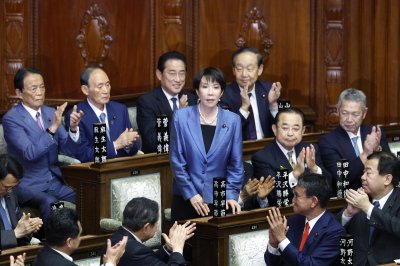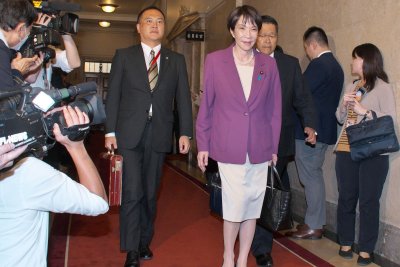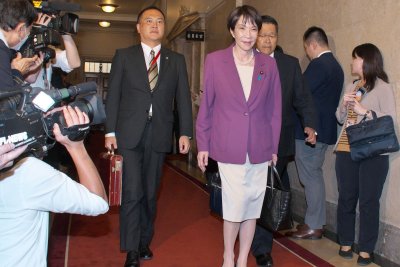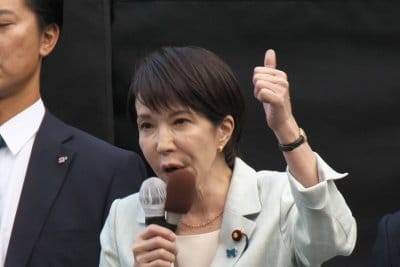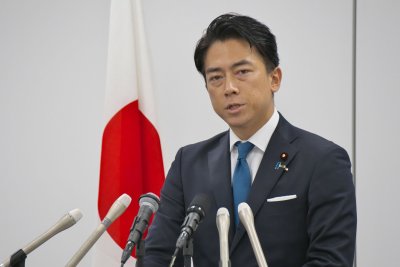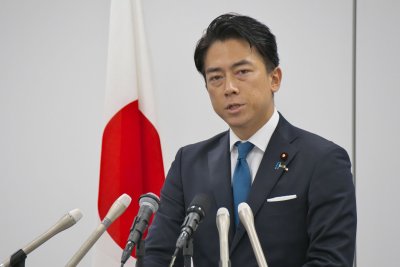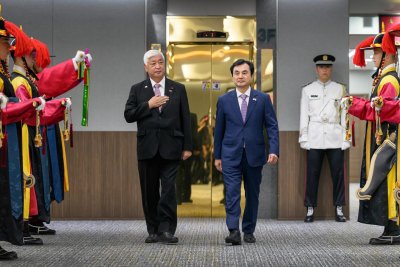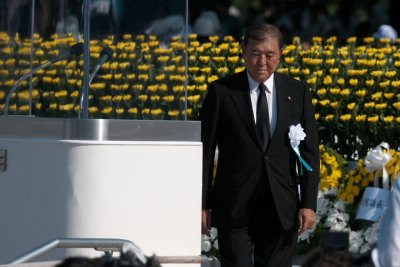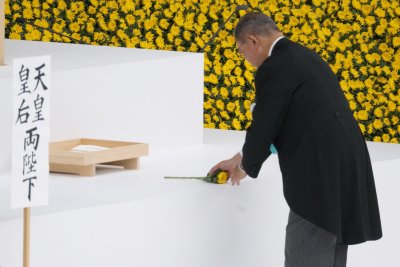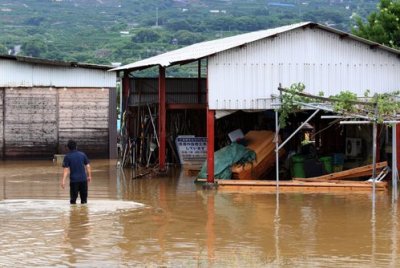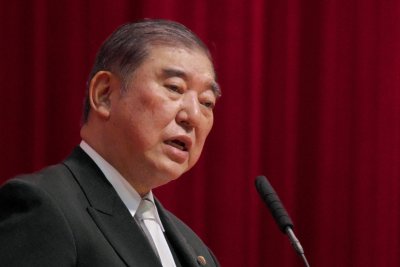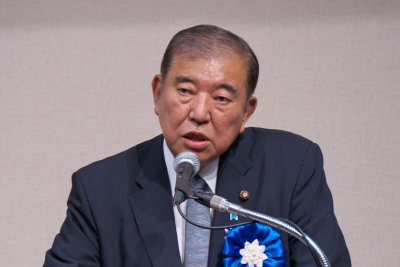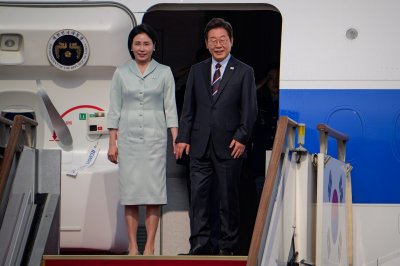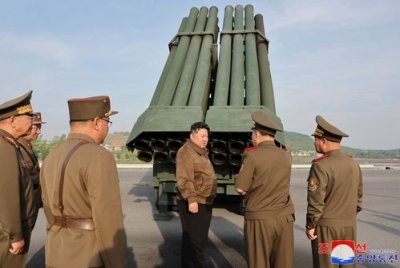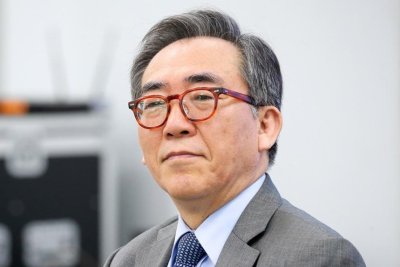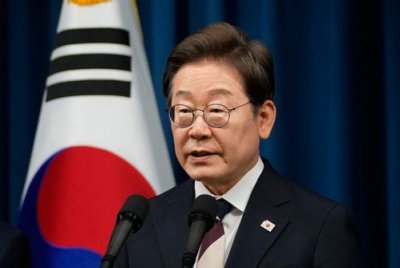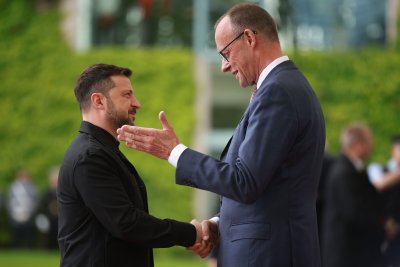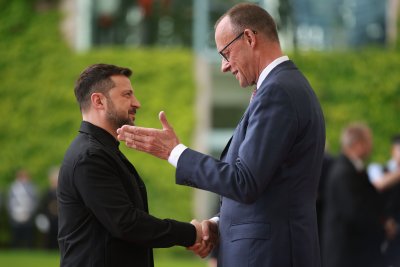Conservative Foreign Minister Cho Tae-yul (pictured) will accompany progressive President Lee Jae-myung to the upcoming G7 Summit in Canada. File Photo by Luong Thai Linh/EPA-EFE
June 13 (UPI) — There was once a popular Korean television program titled The Accidental Adult. First aired in 2013 and continuing for a decade until 2023, the talk show resonated deeply with audiences. It offered insights and wisdom for those who found themselves thrust into adulthood unprepared — becoming grown-ups before truly acquiring the qualities expected of one.
A similar phenomenon is now unfolding in South Korean politics.
As of now, it appears highly likely that Foreign Minister Cho Tae-yul will accompany President Lee Jae-myung to the upcoming G7 Summit in Canada from Sunday to Tuesday. The situation is noteworthy because Cho was appointed by former President Yoon Suk-yeol.
If this scenario materializes, it will present a rare pairing of a progressive president with a conservative foreign minister on the global stage. This awkward and somewhat pitiable arrangement reflects the peculiar nature of the most recent presidential election.
Due to the snap election, Lee took office without the usual transition period or a fully formed Cabinet. This has forced him to represent the nation at a major diplomatic summit — his first international appearance as president– without his own diplomatic team in place. In this context, he must rely on the foreign policy personnel of the previous administration.
Typically, the National Security Office and the Ministry of Foreign Affairs lead the coordination of a president’s diplomatic agenda. However, aside from appointing a national security adviser and a few aides, Lee has yet to complete key appointments.
Even if a new foreign minister were named immediately, the time needed for confirmation hearings and legislative approval would be insufficient before the summit. As a result, Lee has little choice but to include Cho in his delegation, despite the awkward optics.
A similar scenario could repeat itself if decides to attend the NATO Summit in the Netherlands on June 24 to 25. In effect, what we are witnessing is an “accidental left-right cohabitation.”
This is likely an uncomfortable arrangement for both the president and the foreign minister. During his first Cabinet meeting, Lee reportedly acknowledged the awkwardness and nonetheless urged ministers from the previous administration to do their best during their remaining time. The situation is unprecedented in modern Korean political history.
Meanwhile, the G7 Summit presents a formidable series of diplomatic challenges for the new president. While multilateral meetings may be easier to navigate, bilateral or trilateral encounters — such as with U.S. President Donald Trump or Japanese Prime Minister Shigeru Ishiba — will be significantly more sensitive. There is a real possibility of impromptu summits among South Korea, the United States and Japan. Given Trump’s unpredictable style, such developments cannot be ruled out.
Especially pressing are the looming trade negotiations between South Korea and the United States. The Trump administration has already announced a 25% reciprocal tariff on Korean goods, currently suspended until July 8.
The G7 also could become a forum where the United States suddenly raises issues such as South Korea’s financial contribution to U.S. military deployments. After waiting six months during South Korea’s leadership vacuum, Washington may seize this summit as the moment to assert its agenda. If mishandled, what should be an opportunity could devolve into a diplomatic crisis.
In such circumstances, the role of the foreign minister is indispensable. Beyond preparing agendas and policy positions, it is the minister’s task to smooth introductions between leaders meeting for the first time and to conduct the behind-the-scenes diplomacy that often determines the success of high-level meetings.
Lee lacks experience on the global stage, and a disorganized diplomatic team would only amplify the risk of missteps. Fortunately, Cho already has met with his G7 counterparts several times while preparing for the upcoming Asia-Pacific Foreign Ministers’ Conference in Gyeongju this fall.
These prior engagements put him in a favorable position to support the president effectively. Though the left-right pairing may be accidental, it could turn out to be a strategic advantage — both for national interests and for the president himself.
Let us return, then, to The Accidental Adult. That show depicted individuals who matured into responsible adults through trial and reflection, often having entered adulthood without prior preparation.
In the same spirit, the G7 Summit could become a proving ground for national integration. This rare political cohabitation — between a progressive president and a conservative minister — could offer a tangible demonstration of overcoming ideological division.
Lee was elected on a promise to unify a society deeply divided along ideological lines. Though he has spoken frequently of integration, he has yet to present a concrete roadmap. As a result, some in the conservative camp have dismissed his rhetoric as mere lip service or mocked it as an attempt at “three-branch unification” of the executive, legislative and judicial branches.
However, if the president and his conservative foreign minister can demonstrate meaningful cooperation at the G7, those criticisms could be swiftly silenced. The prospect of genuine political reconciliation — and with it, national progress — would become significantly more plausible.
There is precedent for this approach. President Abraham Lincoln famously appointed political rivals to his Cabinet, including William Seward as Secretary of State and Edwin Stanton as Secretary of War — choices that helped him lead the Union to victory in the Civil War. Likewise, France has a long tradition of “cohabitation,” in which presidents from one political camp work with prime ministers from another to maintain national stability.
If Cho performs well at the G7, there is little reason to exclude him — or other capable members of the previous administration — from future government roles. If someone is highly experienced and capable, appointing them regardless of political affiliation would serve the national interest.
Even if not as foreign minister, they could still be included somewhere within the foreign policy team, helping to pass on the diplomatic experience of the previous administration to the new one — as a model of inclusion and cooperative governance. If this left-right cohabitation came about out of necessity, if it yields benefits, there’s no reason to reject it outright.
This moment also intersects with Lee’s announcement of a new “Public Recommendation System,” which invites citizens to recommend candidates for key public posts, including ministers and heads of public institutions. Promoted as the “first step in exercising popular sovereignty,” the initiative’s credibility will hinge on whether it includes outstanding individuals from across the political spectrum –not just the ruling party’s loyalists.
The unexpected cohabitation at the G7 could serve as an early test of this inclusive, collaborative vision. Korea’s winner-takes-all political culture must be replaced with a new ethos of sharing power and responsibility. And perhaps this accidental alliance between a progressive president and a conservative minister could plant the seeds of a more inclusive, cooperative democracy.
Nohsok Choi is the former chief editor of the Kyunghyang Shinmun and former Paris correspondent. He currently serves as president of the Kyunghyang Shinmun Alumni Association, president of the Korean Media & Culture Forum and CEO of YouTube channel One World TV.

